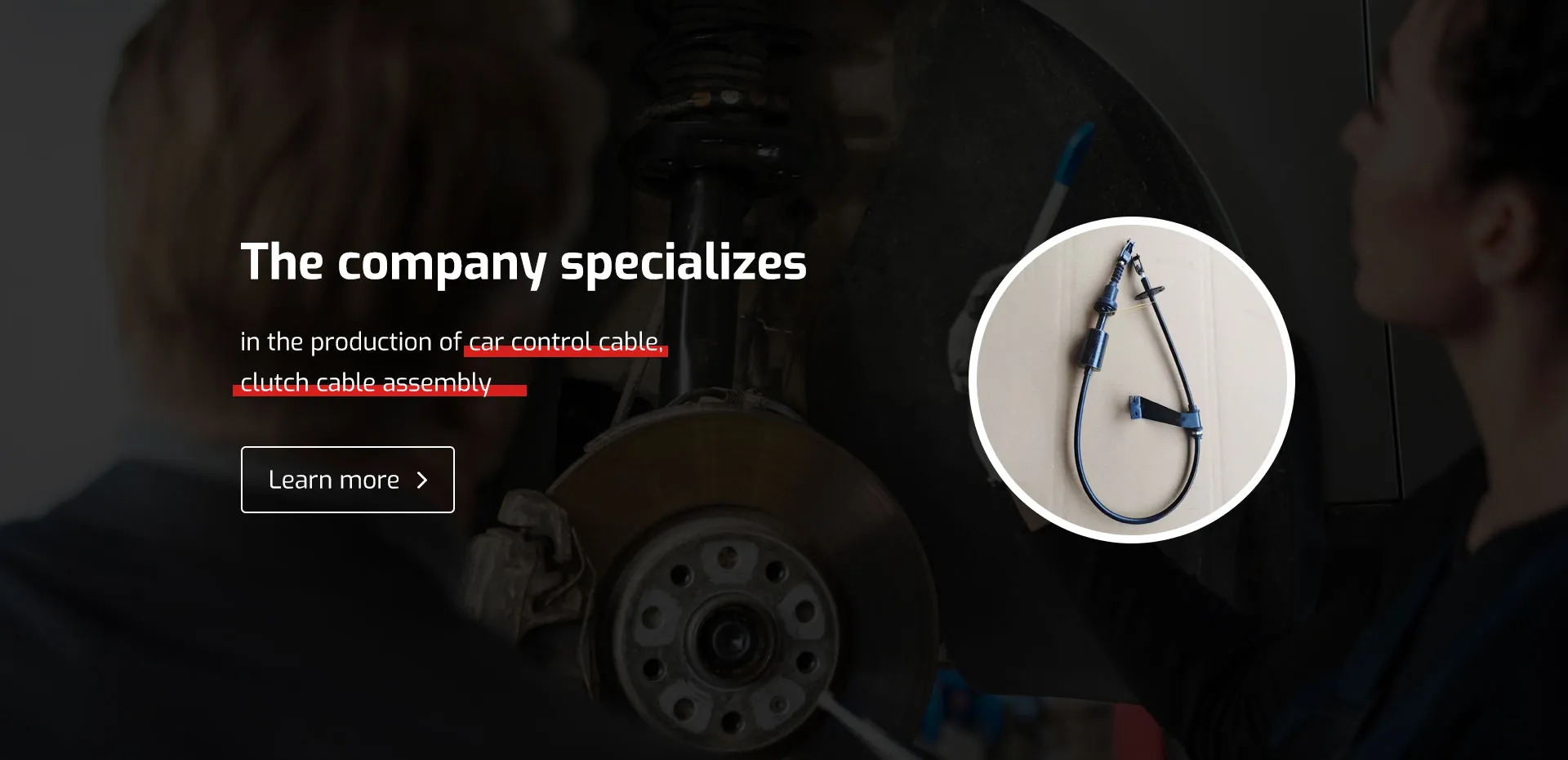inner gear cable
Understanding Inner Gear Cable A Key Component of Bicycle Performance
When it comes to cycling, the performance and reliability of a bike can often hinge on the smallest components. Among these, the inner gear cable plays an essential role in ensuring smooth gear shifts and overall efficiency in a bike's transmission system. This article delves into the significance of inner gear cables, their functionality, and maintenance tips to optimize their performance.
What is an Inner Gear Cable?
The inner gear cable, often simply referred to as the gear cable, is a thin, flexible cable that connects the shifters on the handlebars to the derailleur on the rear of the bike. Its primary function is to transmit the rider's shifting commands from the shifters to the derailleur, which moves the chain between the different gears on the bike's cassette or chainring. A functional gear cable is crucial for precise and reliable shifting, allowing cyclists to maximize their efficiency as they tackle various terrains.
How Does It Work?
When a cyclist shifts gears, the shifter pulls or releases the inner gear cable, which causes the derailleur to move. This movement either tightens or loosens the cable tension, guiding the derailleur to shift the chain onto a higher or lower gear. The responsiveness of this system directly impacts performance. A well-tuned inner gear cable can make all the difference, particularly during competitive rides or challenging climbs.
Factors Affecting Inner Gear Cable Performance
Several factors can affect the performance and longevity of inner gear cables. Exposure to the elements, dirt, and grime can lead to corrosion and wear. Additionally, improper installation or adjustment can cause excessive fraying or tension issues, hindering the cable's effectiveness. Regular maintenance and timely replacement are crucial to ensure optimal performance.
inner gear cable

Maintenance Tips
1. Regular Cleaning Keep the cable and housing clean to prevent dirt buildup, which can impede smooth operation. Use a cloth and an appropriate cleaner to wipe down the cable regularly.
2. Inspect for Wear Periodically check the cable for signs of fraying or rust. If you notice any damage, replace the cable immediately to prevent shifting issues.
3. Lubrication Applying a light lubricant to the cable can help reduce friction, ensuring smoother shifts. However, be careful not to over-lubricate, as excess lubricant can attract dirt.
4. Correct Tension Ensure that the cable tension is properly adjusted. If the shifting feels sluggish or imprecise, it may be necessary to adjust the barrel adjuster on the shifter or the derailleur.
5. Professional Tune-Up If you’re uncertain about inspecting or replacing the inner gear cable yourself, consider taking your bike to a professional mechanic for a tune-up. They can provide a thorough examination and maintenance.
Conclusion
The inner gear cable, despite its small size, plays a pivotal role in the overall functionality and performance of a bicycle. By understanding its importance and committing to regular maintenance, cyclists can enhance their riding experience, ensuring smooth and reliable shifting on every adventure. A well-maintained gear cable not only contributes to the bike’s efficiency but also adds to the rider’s confidence on the road or trail.
-
Workings of Clutch Pipe and Hose SystemsNewsJun.04,2025
-
The Inner Workings of Hand Brake Cable SystemsNewsJun.04,2025
-
The Secrets of Throttle and Accelerator CablesNewsJun.04,2025
-
The Hidden Lifeline of Your Transmission Gear Shift CablesNewsJun.04,2025
-
Demystifying Gear Cables and Shift LinkagesNewsJun.04,2025
-
Decoding Clutch Line Systems A Comprehensive GuideNewsJun.04,2025
